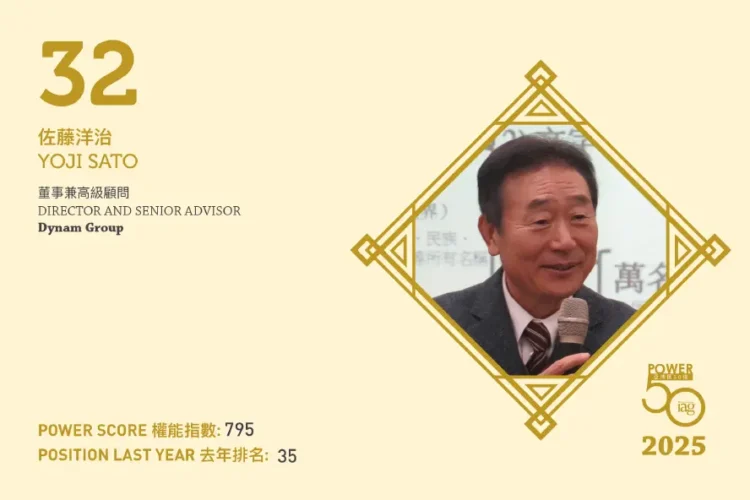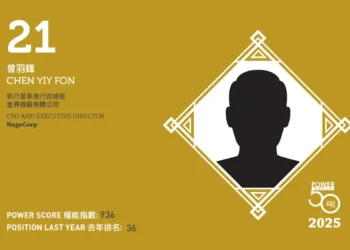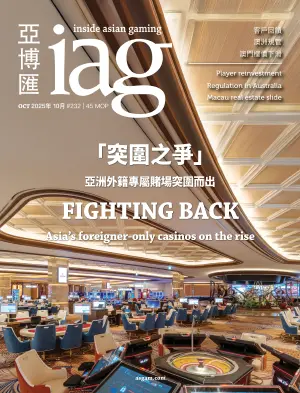Yoji Sato once said he wanted his company Dynam Japan to become as famous a pachinko chain in Japan as Walmart is a supermarket chain in the United States. And while that may be a slight stretch, he has given it a good crack.
Even today, at a time when the pachinko industry as a whole is on the decline, Dynam remains one of the largest – if not the largest by number of halls – pachinko operators in the country with 423 halls as of mid-2025.
Recognizing the fundamental challenges pachinko faces, the company has followed a strategy of gradually converting high playing-cost halls to low playing-cost halls and targeting entertainment over volatility.
This strategy has at least enabled Dynam to hold steady in recent years, with net profit rising by 18.7% to JPY4.02 billion (US$26.6 million) in FY25 even as revenue from pachinko fell slightly to JPY119.0 billion (US$787 million).
The Sato family, led by Yoji and his younger brother Kohei, are less hands-on today than they once were – having both stepped down from executive roles in recent times – although they remain the ultimate decision makers.
It is notable, however, that the Sato family – once mainstays on the Forbes list of Japan’s richest – have fallen off in recent years, a quiet reminder that pachinko does not hold quite the same sway it once did.




























